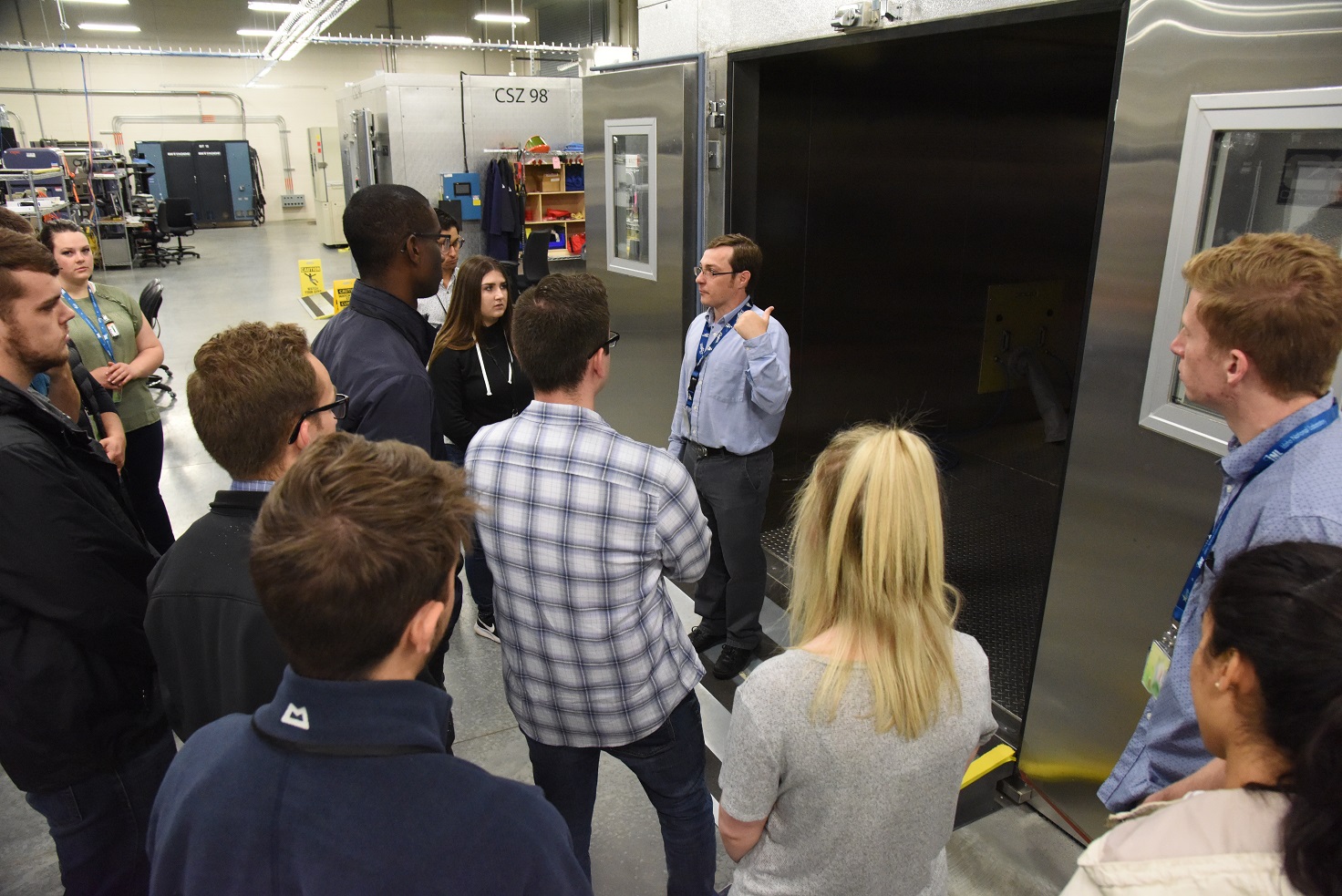Have you ever wondered what happens at Idaho National Laboratory? Did you know that you can tour INL’s facilities? The lab actually has a tours department that gives close to 400 tours a year. So if you did want to come on a tour of INL, what would that be like? INL spans 890 square miles of the Arco desert. And that doesn’t even include our facilities in Idaho Falls — so you better plan on spending the whole day with us.
The tour starts at the Experimental Breeder Reactor-I (EBR-I). In 1949, it was the first reactor at the newly designated National Reactor Test Station. On Dec. 20, 1951, EBR-I became the first nuclear power plant in the world. It produced enough electricity to light a string of four two-hundred watt lightbulbs. The next day, it produced enough electricity to power the building and the lights in the parking lot. This reactor was built to prove that nuclear energy could be a self-sustaining and renewable energy source. Researchers converted otherwise useless uranium-238 into plutonium-239, which was then put back into the reactor and used for fuel. Hence, it was called a “breeder reactor.” In 1963, the newly made plutonium was used to fuel the reactor, making it the first plutonium-fueled reactor to produce electricity. By the time EBR-I was shut down, it was actually producing more fuel than it was using.
In 1966, then-President Lyndon B. Johnson visited EBR-I and designated the reactor a National Historic Landmark. As you visit this historic building, you can walk through the control room; stand on top of the reactor; and see where workers signed their names in chalk to commemorate those historic days.
As the tour leaves EBR-I, we pass by two large reactors in the parking lot that were designed by engineers attempting to build nuclear-powered airplanes.
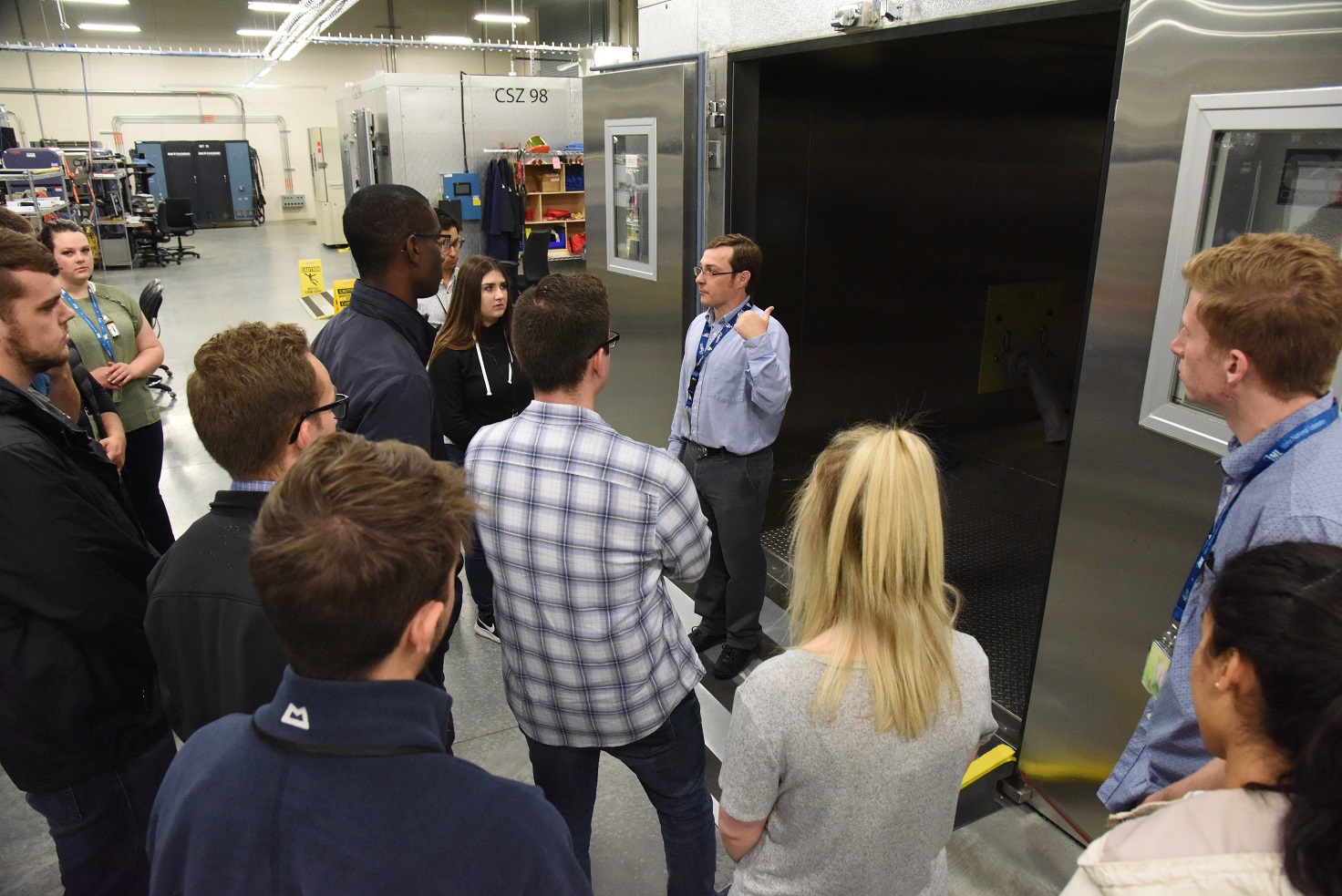
On our way to the Advanced Test Reactor Complex, we pass through Scoville, Idaho, also known as INL’s Central Facilities Area. Here we see INL’s main fire station and medical facility. INL has three fire stations to protect facilities and employees, but firefighters also respond to fires in surrounding communities. INL’s medical staff are often the first responders to vehicle accidents along U.S. 20.
The Scoville town site gets its name from Commander John A. Scoville, a Navy commander in charge of what was known as the Naval Proving Ground. This was used to test fire battleship guns in the mid-1940s. You can still see the gun mounts and concrete concussion wall left over from this WWII era.
Next to INL’s medical facility we pass by the Big Shop, where INL’s fleet of more than 1,000 vehicles and nearly 100 buses are maintained.
Arriving at the Advanced Test Reactor Complex, we will walk past the area where the first test reactors were built. The Materials Testing Reactor (MTR) and the Engineering Test Reactor (ETR) provided the first materials and fuels tests for the nuclear energy industry and helped the Navy develop and refine nuclear reactors for the first-ever nuclear-powered submarines and aircraft carriers.
The Advanced Test Reactor (ATR) was built in 1967 and eventually replaced the MTR and ETR. Now in its 52nd year of operation, ATR is the largest test reactor in the world.
Unlike EBR-1, the purpose of ATR is not to produce electricity. Instead, the ATR is a virtual time machine for researchers. By design, it is able to produce an extremely high neutron flux compared to a nuclear power plant. This enables scientists to place materials in the ATR and then expose them to high concentrations of neutrons. These neutrons inflict intentional damage to power reactor materials under study, speeding up the aging process so researchers can understand in a few weeks or months what would take years or decades to see under normal reactor operation. ATR not only provides neutrons for researchers, it also produces radioactive isotopes used in medicine and industry, including Cobalt 60 which is used to treat brain or breast cancer.
You will have the opportunity to see the reactor and take a peek into the canal where experiments and fuels await transition to other facilities. Standing on the mezzanine and looking down into the canal, you can see a beautiful blue glow known as the Cherenkov radiation and listen as the tour guide explains why this blue glow appears and what a rare experience it is to see it.
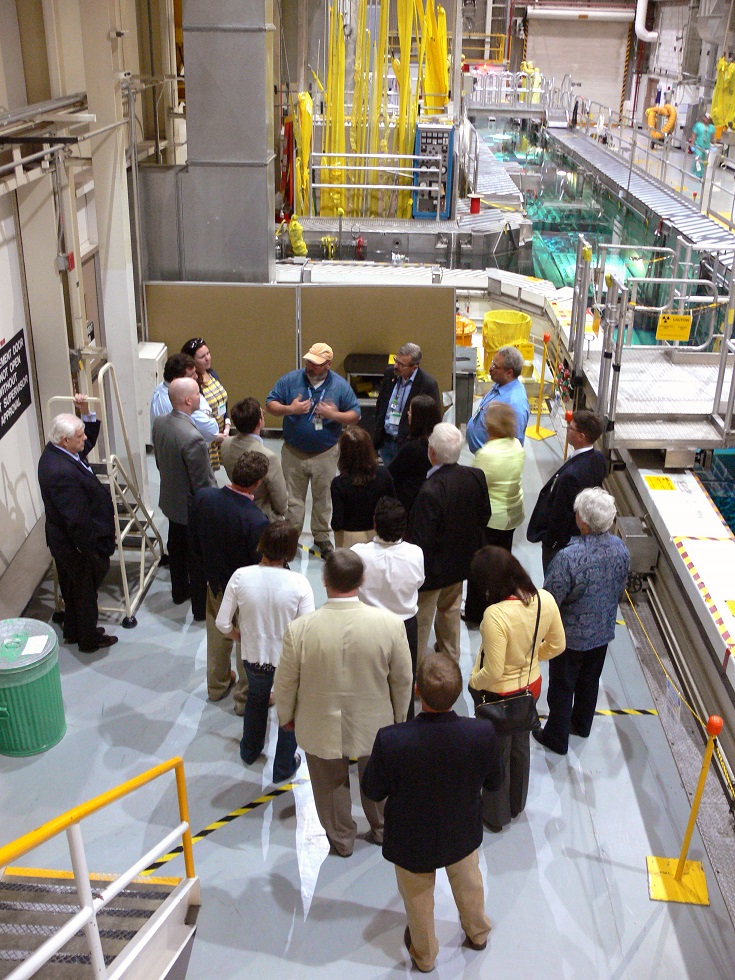
Next, the tour heads to the Materials and Fuels Complex (MFC), where you will see the dome of the historic Experimental Breeder Reactor-II. EBR-II provided a portion of INL’s power for three decades before it was shut down in 1994.
Off in the distance, you can see the Transient Reactor Test (TREAT) Facility. This transient reactor helps determine how fuels and materials behave in an accident scenario. As with ATR, TREAT is a one-of-kind reactor with capabilities that can’t be matched anywhere else in the world.
Inside the gates of MFC, we will stop at the Hot Fuel Examination Facility (HFEF). This facility contains the largest inert hot cell in the world. The cell is surrounded by 4-foot-thick, high-density concrete walls and 4-foot-thick, leaded-glass windows. In HFEF, the thick walls and windows protect operators as they use robotic arms, known as manipulators, to remotely examine experiments that have come out of a reactor. This work is important to improving the safety and efficiency of current and future reactors and fuels.
Other facilities at MFC are used to store materials, fabricate fuels, and perform chemical analyses, microscopy, neutron imaging and many other types of research.
The tour will stop at the Radioisotope Power Systems Learning Building and we’ll learn how INL supports NASA by assembling power systems used in missions such as Pluto New Horizons and the Curiosity Mars Rover.
Now we travel back to Idaho Falls, where we pass by some of the country’s top cybersecurity labs. There, researchers work to protect the nation’s critical infrastructure.
The first stop in Idaho Falls is the Energy Systems Laboratory (ESL), where researchers work on integrating different energy systems including nuclear, renewables, biomass, batteries and electric vehicles.
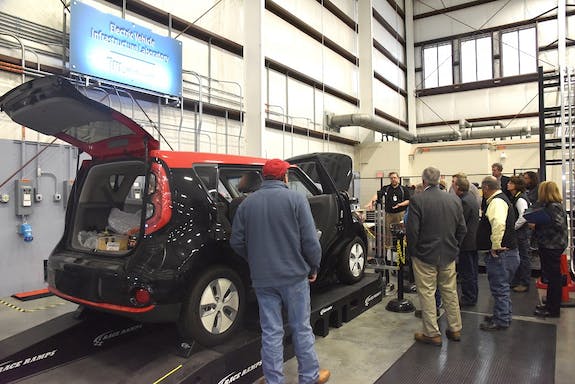
The last stop is the Center for Advanced Energy Studies (CAES). This collaborative research, education, and innovation center brings together INL and the four public research universities in Idaho and Wyoming: Boise State University, Idaho State University, the University of Idaho, and the University of Wyoming. Here, researchers, students, and faculty work together to solve regional energy challenges in areas including nuclear and renewable energy, advanced manufacturing, cybersecurity, and energy policy, to name a few. The tours concludes with a visit to the Advanced Visualization Lab where you get to experience the 3-D immersive environment of the Computer Assisted Virtual Environment (CAVE).
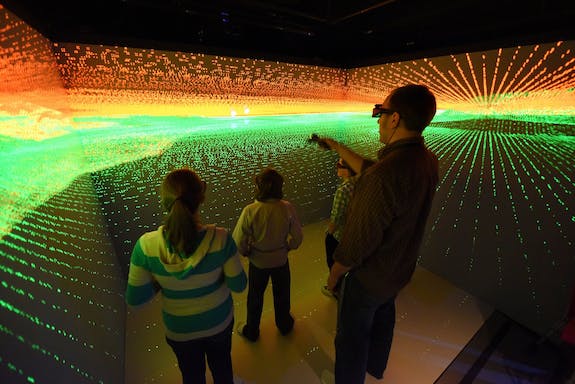
The tour is now over, and even though you have spent the entire day with us, we have only scratched the surface of research being done at INL.
For more information about touring INL, contact the tours department by calling 208-526-0050 or emailing [email protected].

